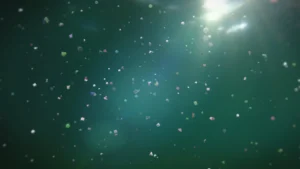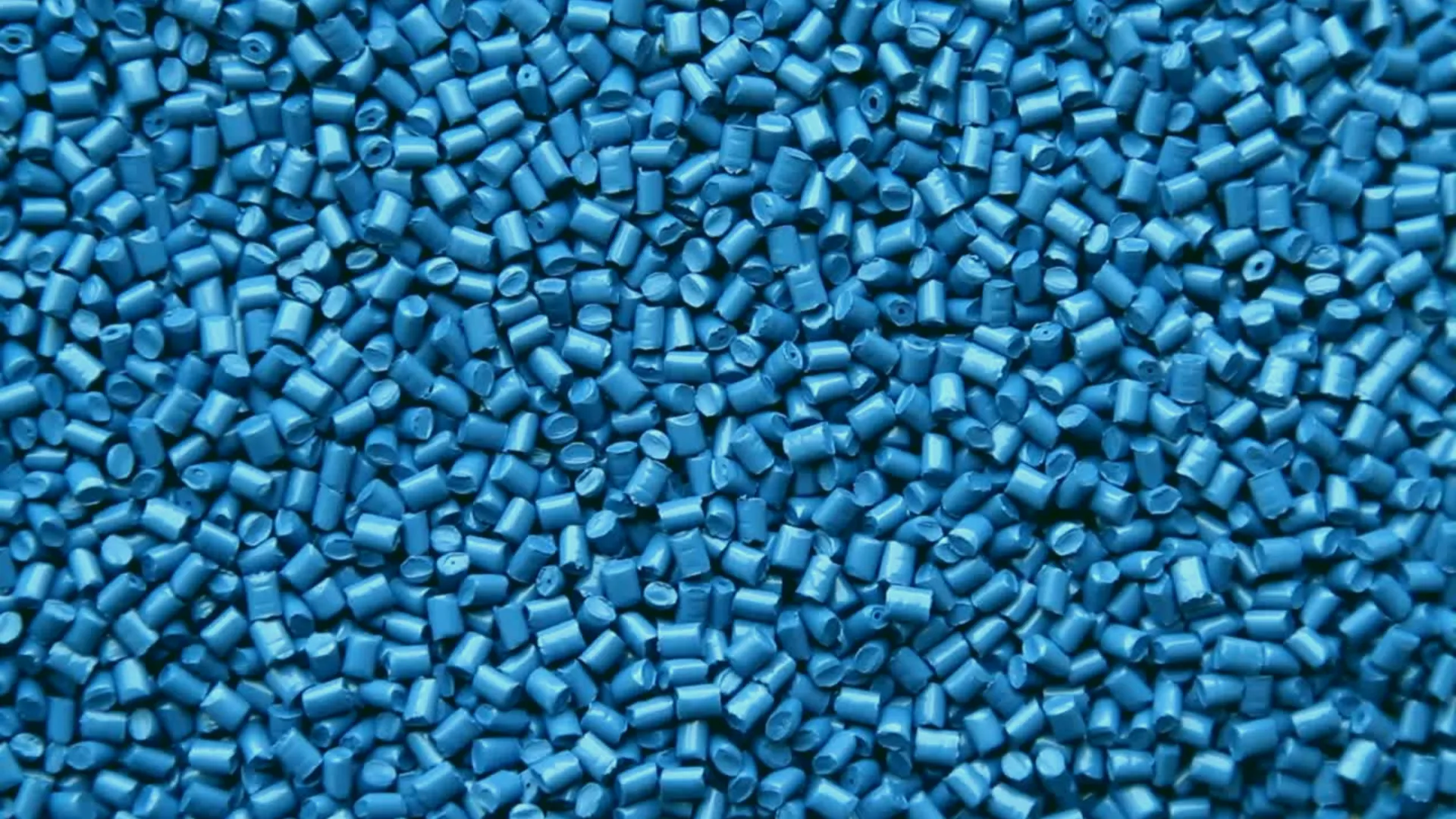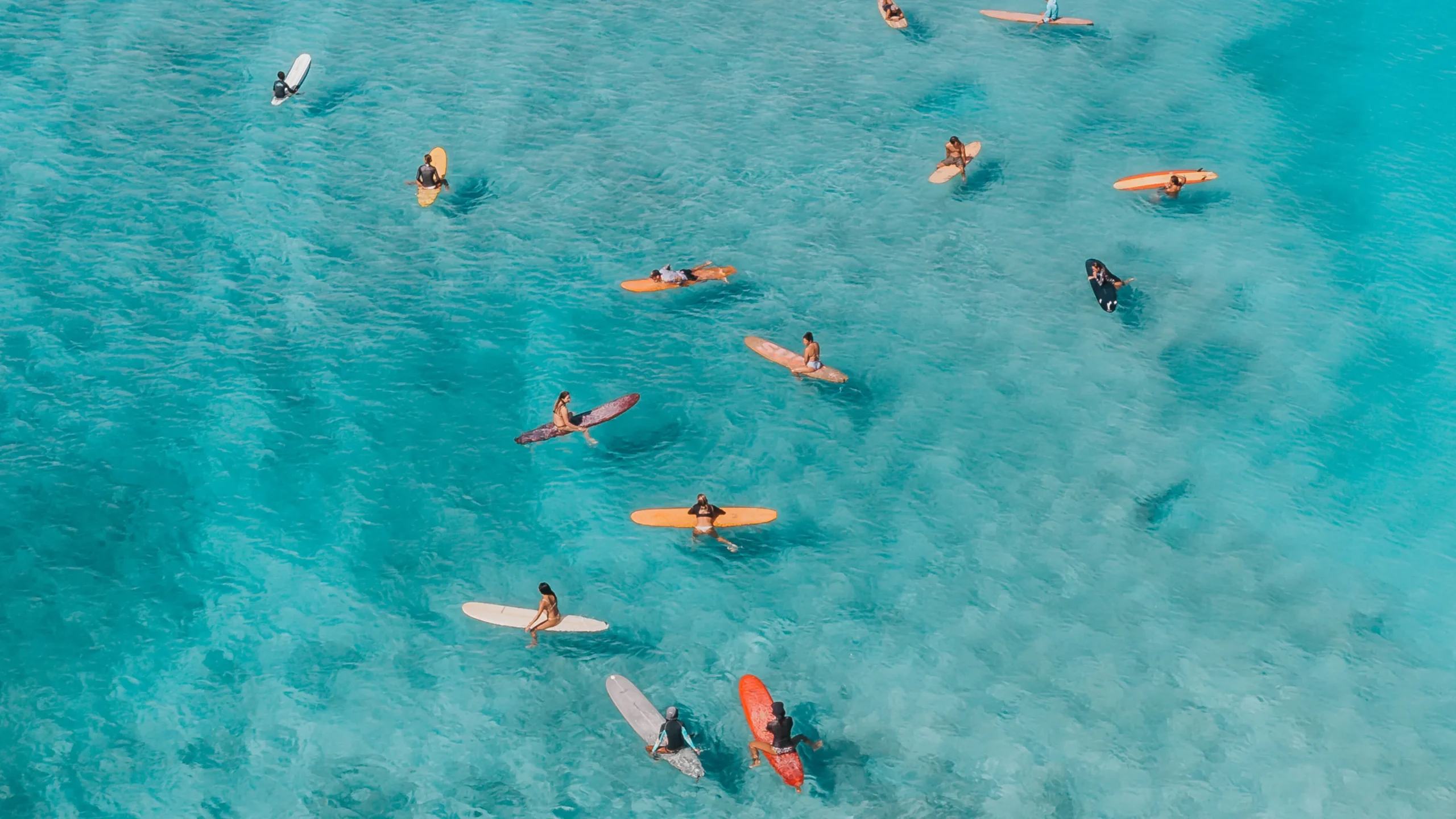Microfibres are one of the most common yet overlooked contributors to environmental pollution. These tiny fibres, released primarily from synthetic textiles, are a significant source of microplastic pollution. In this blog, we’ll explore what microfibres are, where they come from, and how we can mitigate their impact.
What Are Microfibres?
Microfibres are minuscule threads that shed from textiles, particularly synthetic fabrics like polyester, nylon, and acrylic. Measuring less than 5 millimetres in length, these fibres are small enough to pass through water filtration systems, making their way into rivers, lakes, and oceans.
The problem is widespread: it’s estimated that 35% of all primary microplastic pollution comes from textile microfibres. A single wash of synthetic clothing can release up to 700,000 microfibres into the wastewater system, posing a severe threat to aquatic ecosystems and, ultimately, human health.
Sources of Microfibres
- Synthetic Fabrics:
- Synthetic textiles are the primary culprits. Each time clothes made from polyester, acrylic, or nylon are washed, tiny fibres break off and enter the water supply. These materials are durable and lightweight, making them popular in the fashion industry but harmful to the environment.
- Washing Machines:
- Household washing machines are a significant source of microfibre pollution. The friction during washing causes fabrics to shed fibres, which are then flushed out with wastewater.
- Dryers:
- While less discussed, tumble dryers also contribute by releasing microfibres into the air, further spreading them into the environment.
- Textile Production:
- The manufacturing process itself generates waste that often includes microfibres, which can enter waterways if not properly managed.
Why Are Microfibres a Problem?
Microfibres are particularly concerning because of their size and persistence in the environment. Once they enter ecosystems, they are nearly impossible to remove and cause multiple issues:
- Impact on Marine Life: Microfibres are often mistaken for food by marine organisms, leading to ingestion. Over time, this can block their digestive systems, cause malnutrition, or even death. Studies show that microplastics, including microfibres, have been found in the stomachs of more than 100 marine species.
- Bioaccumulation in the Food Chain: When microfibres are ingested by smaller organisms, they travel up the food chain, eventually reaching humans. Recent studies have found microplastics, including microfibres, in human blood, raising concerns about potential health impacts.
- Toxic Chemical Transport: Microfibres can act as carriers for harmful pollutants, such as pesticides and industrial chemicals. These toxins can attach to the fibres and accumulate in the environment and organisms.
How Can We Reduce Microfibre Pollution?
Addressing microfibre pollution requires efforts at both individual and systemic levels. Here are some actionable steps:
- Use Microfibre Filters:
- Installing microfibre filters in washing machines can capture fibres before they enter the wastewater system. The Indi™ Home Microfibre Filter is an excellent solution, designed to effectively trap microfibres during laundry and prevent them from polluting waterways.
- Choose Sustainable Fabrics:
- Opt for clothing made from natural fibres like cotton, wool, or hemp, which are less likely to shed harmful fibres during washing.
- Wash Responsibly:
- Use a lower temperature and shorter cycles when washing clothes to reduce friction. Additionally, washing less frequently can minimise microfibre release.
- Support Regulations:
- Advocate for policies requiring manufacturers to incorporate microfibre filters in washing machines and develop eco-friendly materials.
The Bigger Picture
Microfibres are a growing environmental challenge, but with increased awareness and proactive solutions, we can reduce their impact. From choosing sustainable fabrics to using microfibre filters, every small step can help protect our planet.
To learn more about microfibres and how you can make a difference, visit Cleaner Seas’ dedicated page on microfibres. Together, we can create a cleaner, healthier environment for future generations.


